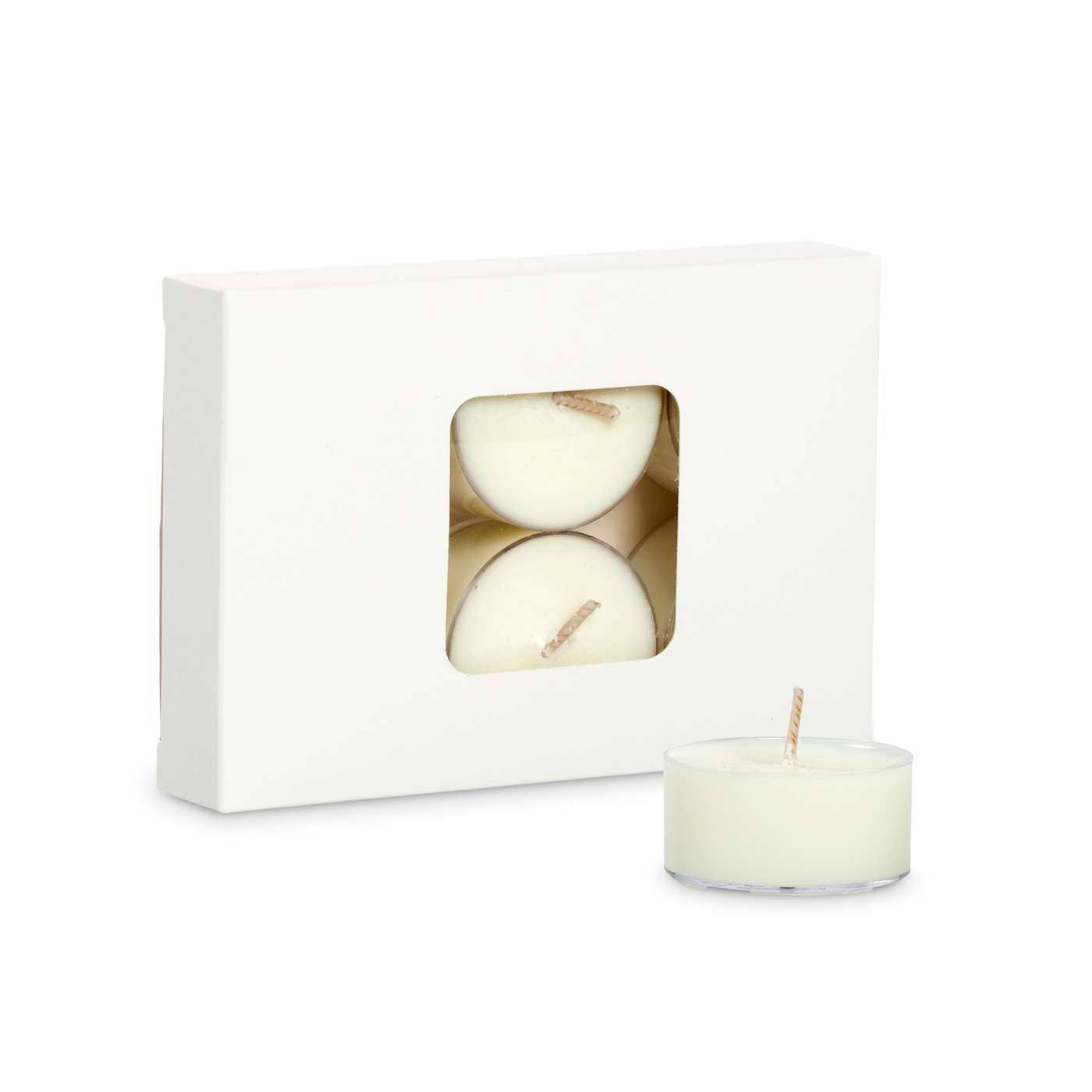Explore the World of Crystal Soy Candles and Home Fragrance Thrills
Explore the World of Crystal Soy Candles and Home Fragrance Thrills
Blog Article
From Wick to Wax: Comprehending the Chemistry Behind Soy Wax Candles and Their Ecological Influence
As we illuminate our spaces with the warm radiance of candle lights, there lies a realm of elaborate chemistry behind the relatively straightforward act of lighting a soy wax candle light. The choice in between soy and paraffin wax prolongs past mere looks, delving into the world of ecological impact and the extremely make-up of the materials. Recognizing the molecular structure of soy wax and its combustion process loses light on the exhausts launched into our surroundings. Join us as we unravel the scientific details behind soy wax candles and explore their effects on our setting.
Soy Wax Vs. Paraffin Wax
When contrasting soy wax and paraffin wax for candle light production, it is vital to recognize the distinct qualities and advantages of each product. Soy wax is an all-natural, renewable energy originated from soybean oil, making it biodegradable and environmentally friendly - soy wax candles. On the other hand, paraffin wax is a by-product of oil refining, which elevates issues concerning its environmental impact and sustainability
Soy wax candle lights shed cleaner and produce less residue contrasted to paraffin wax candle lights, making them a healthier selection for indoor air top quality. Additionally, soy wax has a reduced melting factor, allowing for a longer-lasting candle light that spreads fragrance better. Paraffin wax, on the other hand, often tends to burn faster and less easily, potentially releasing harmful chemicals into the air.
From a sustainability point of view, soy wax is favored for its biodegradability and eco-friendly sourcing, aligning with the growing customer choice for ecologically mindful items. While paraffin wax has been a traditional option in candle making as a result of its cost and convenience of use, the change towards environment-friendly choices like soy wax is acquiring momentum in the industry.
Chemical Make-up of Soy Wax

Burning Process in Soy Candles
The chemical make-up of soy wax straight influences the combustion process in soy candle lights, affecting factors such as melt time, fragrance release, and environmental effect. When a soy candle light is lit, the heat from the fire melts the wax near the wick. This liquid wax is after that created the wick due to capillary activity. As the fluid wax reaches look at more info the flame, it undergoes and vaporizes burning. The burning procedure entails the vaporized hydrocarbons in the wax reacting with oxygen in the air to create warm, light, water vapor, and carbon dioxide.
The burning performance of soy candles is influenced by the purity of the soy wax and the high quality of the wick. In addition, soy wax candle lights have a reduced environmental effect contrasted to paraffin candle lights due to their renewable and eco-friendly nature.

Environmental Benefits of Soy Wax

Thought about a lasting option to standard paraffin wax, soy wax supplies noteworthy ecological benefits that make it a prominent selection among eco-conscious customers. Soy wax burns cleaner and generates less soot than paraffin wax, adding to better indoor air high quality and reducing the requirement for cleansing and upkeep. In general, the ecological advantages of soy wax align with the growing need for eco-friendly and sustainable products in the market.
Recycling and Disposal Factors To Consider
Reusing and correct disposal of soy wax candle lights play an essential role his comment is here in maintaining ecological sustainability and lowering waste in houses and areas. When it comes to reusing soy wax candles, the very first step is to ensure that the candle has actually shed totally.

In regards to disposal, if recycling is not a choice, soy wax candles are biodegradable and can be securely dealt with in a lot of household waste systems. It is constantly suggested to check with neighborhood recycling centers or waste administration services for certain guidelines on candle light disposal to make certain appropriate handling and ecological security.
Conclusion
In final thought, the chemistry behind soy wax candle lights reveals their environmental benefits over paraffin wax candles. Soy wax, derived from soybean oil, burns cleaner and generates less soot when contrasted to paraffin wax.
When contrasting soy wax and paraffin wax for candle production, it is crucial to comprehend the distinctive features and advantages of each material (candles).Soy wax candles burn cleaner and send out much less residue compared to paraffin wax candle lights, making them a healthier choice for indoor air high quality.Considered a lasting option to typical paraffin wax, soy wax offers noteworthy environmental benefits that make it a prominent choice amongst eco-conscious customers. Soy wax burns cleaner and creates much less soot than paraffin wax, contributing to better interior air high quality and reducing the need for cleaning and maintenance.In verdict, the chemistry behind soy wax candle lights exposes their ecological advantages over paraffin wax candles
Report this page